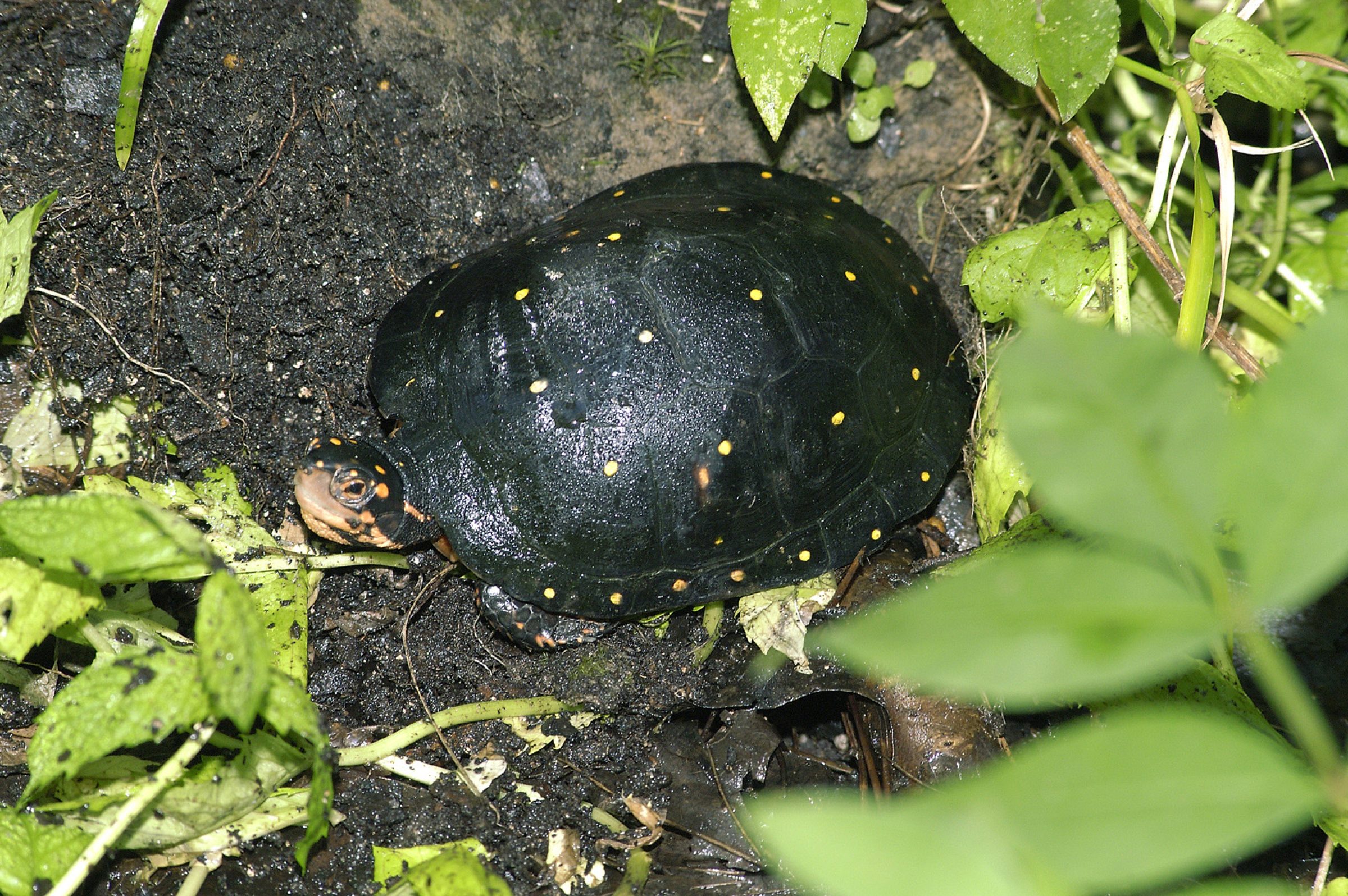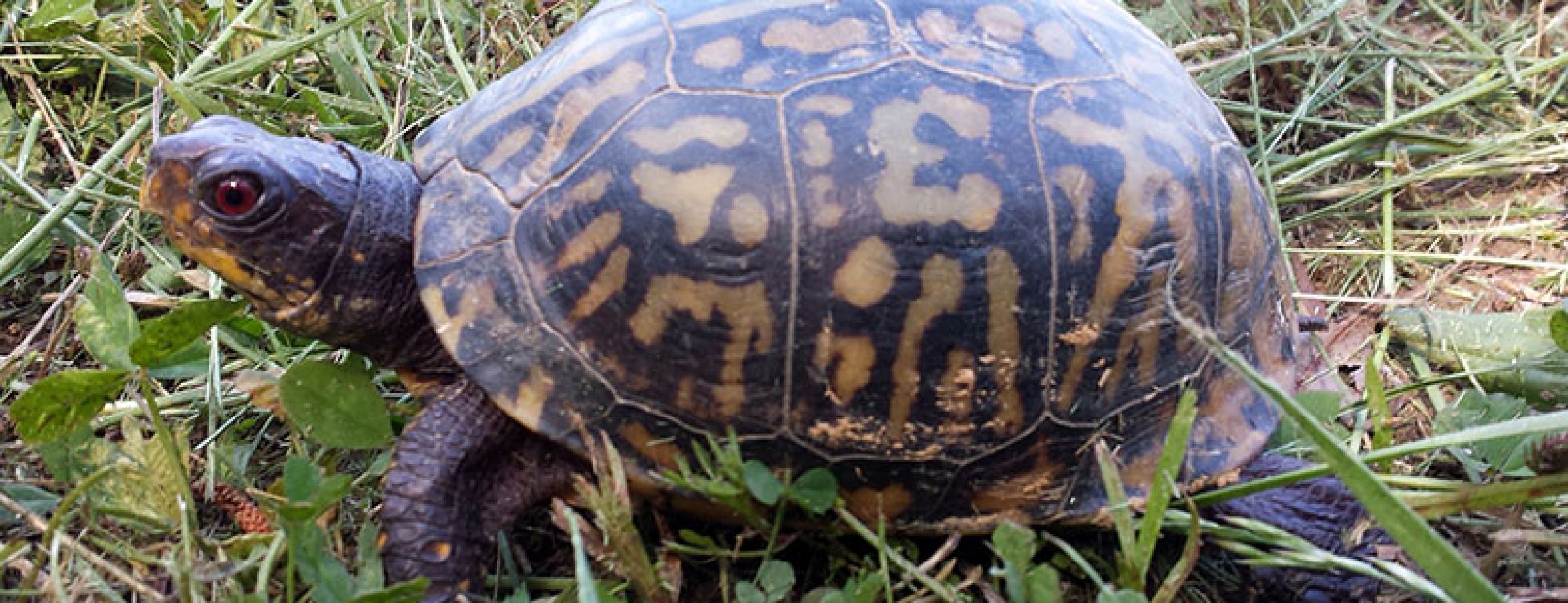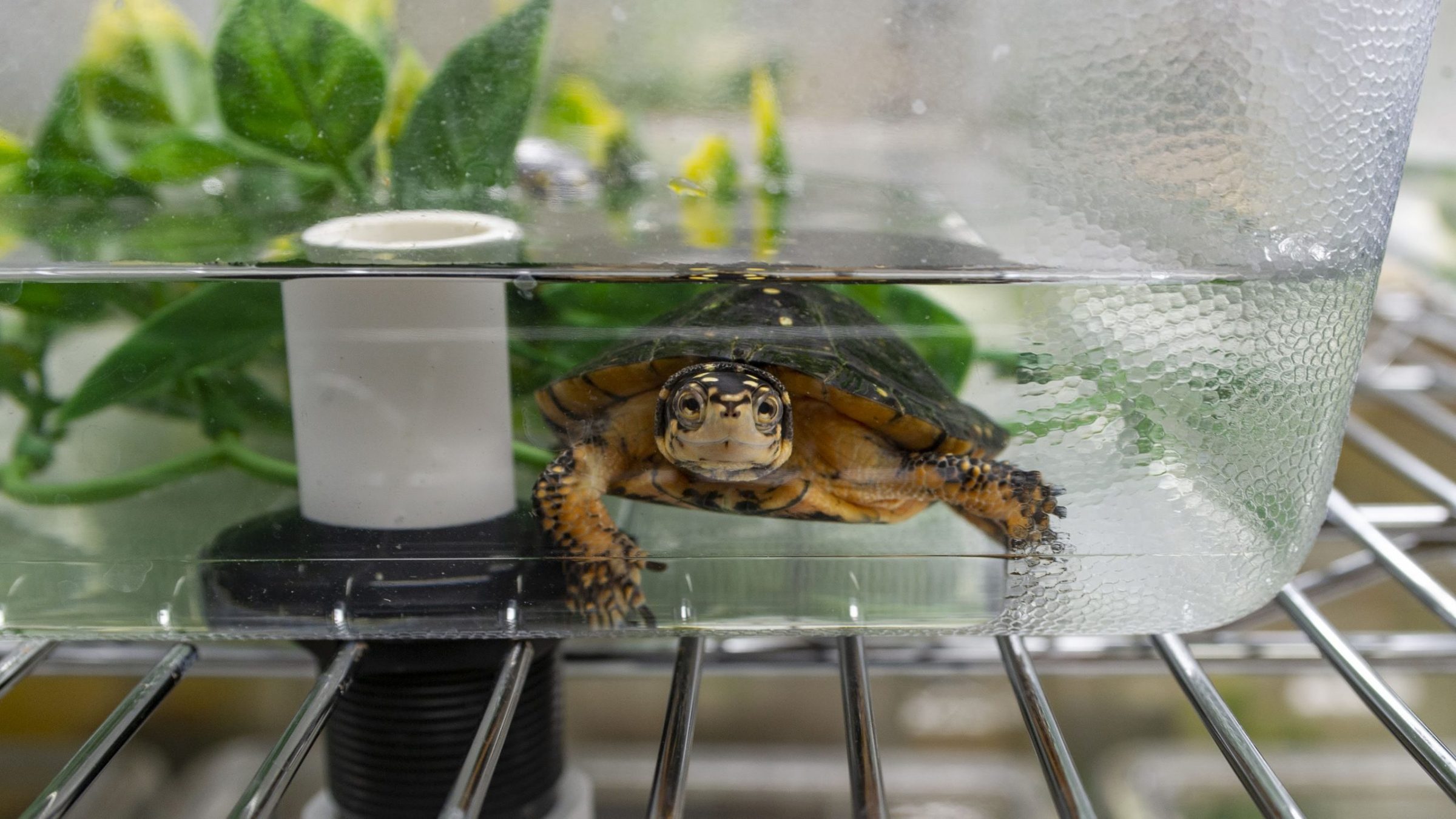Whether they’re hiding them in suitcases, stuffing them into socks or (poorly) disguising them as candy, wildlife traffickers have concocted many schemes to smuggle thousands of turtles out of the United States each year.
This illegal trade is fueled by a rabid demand for these reptiles, mostly in Asia, where they are used as pets, food or in traditional medicine. In combination with habitat loss and degradation, illegal trade in turtles has led to the imperilment of more than 60 percent of the world’s 356 turtle species — the highest percentage of any class of vertebrate.
Southeast Asia is widely considered by biologists as one of the world’s richest regions for turtle diversity, but many of its lakes, streams and wetlands have been depleted by turtle harvesters. With their native species disappearing, Asian importers have turned to wildlife traffickers in the United States to satisfy demand.
“When the turtles we’re used to seeing are literally being taken from their homes, it’s heartbreaking,” says Dave Collins, the Tennessee Aquarium’s director of forests and animal behavior. “When you see pictures of a pen with 200 to 400 Box Turtles all piled on top of one another waiting to be shipped into the trade, it’s devastating.”
When the turtles we’re used to seeing are literally being taken from their homes, it’s heartbreaking.
The Eastern United States comprises another turtle “hotspot.” Whether it’s Bog Turtles in North Carolina or Wood Turtles in upstate New York, trafficking is having a dramatic impact on turtle populations all over the country, Collins explains.
“It’s a serious issue for us,” he says. “This is a problem that is far too big for one place to solve.”
Fortunately, the war of attrition to save turtles is about to get a big boost from a sprawling collaborative partnership between dozens of zoos, aquariums, universities, government agencies and conservation non-profits.
The Association of Zoos and Aquariums (AZA) recently approved the formation of a Saving Animals From Extinction (SAFE) program specifically focused on protecting native turtles. Collins will serve as program leader and coordinator for the newly formed program.
Through the new AZA SAFE American Turtles program, animal care specialists are joining forces with state wildlife agencies, academics, non-government organizations and law enforcement to tackle turtle trade on a level no one organization could manage on its own, Collins says.
“I saw that there was a need for a closer working relationship and more cooperation and the ability to share resources,” he says. “Through this program we can do much more with the resources we have, with very few extra resources required.”
The Association of Zoos and Aquariums founded the SAFE initiative in 2015 to focus the expertise, resources and audience of its member institutions toward efforts to protect and recover species in need. SAFE American Turtles is the 26th of these programs, which also comprise efforts to protect imperiled animals such as Gorillas, Jaguars, African Penguins and Whooping Cranes, among others.
“SAFE is AZA’s signature conservation program, which allows all members to do more conservation better while harnessing the collective power of our visitors to take action,” says Dan Ashe, President and CEO of AZA. “For example, resources developed by the SAFE American Turtles team will be utilized by all AZA members, which multiply the impact we can have educating the public of the threats facing turtles.”
Moving forward, zoos and aquariums will be able to communicate with each other more effectively to ensure confiscated turtles are housed and cared for, freeing up law enforcement agencies to concentrate on apprehending traffickers.
“Most people are unaware of the rampant problem of turtle trafficking, which has driven some species to the brink of extinction,” Ashe says. “Turtle trafficking is a critical issue that compounds other threats they face, such as habitat loss and pollution. Educating people about these threats, and how to be smart consumers, will benefit turtles and the habitats on which they rely.”
This is a problem that is far too big for one place to solve.


At launch, the SAFE American Turtles program will focus on protecting the Wood Turtle, Bog Turtle, Blanding’s Turtle and Spotted Turtle. These native species are either federally threatened or under review by the U.S. Fish and Wildlife Service for future listing.
The SAFE program’s fifth focus is on terrapenes (also known as Box Turtles). This group of species wasn’t chosen because of their imperilment but rather to serve as “ambassadors” for the program.
“Most people will never see these rarer turtles in the SAFE program,” Collins says. “Terrapenes, like the Eastern Box Turtle, are the turtles that are probably most frequently seen crossing the road and that people stop to help. It really becomes the face of the program because they’re so familiar.”



Despite its initial focus on a handful of species, the SAFE American Turtles program will offer rapid-response to provide care and housing for all confiscated turtles, regardless of species. Once in human care, SAFE partners will explore avenues for entering confiscated turtles into conservation programs or reintroducing them to the wild whenever appropriate, Collins says. “When agencies need to confiscate or seize wildlife, they should be free to do that and not be worried about taking care of turtles in the back room.”
As a group, turtles tend to be slow to reach sexual maturity, meaning the impact of traffickers can result in a ripple effect on a wild population that could last for generations. That makes it even more important to stop traders before they can affect those populations, says Julie Slacum, the division chief of strategic resource conservation at U.S. Fish and Wildlife’s Chesapeake Bay Field Office.
Being able to hand confiscated turtles over to expert care providers through the SAFE program should allow wildlife agencies to focus on being proactive, Slacum says.
“This will result in the best conservation outcome for these turtles, whether it be released into the wild, captive breeding for assurance colonies or for use for education or outreach,” she says. “If we can intercept more turtles and prosecute more traffickers, we are hopeful that we will see a decline in illegal trade.”
In addition to assisting law enforcement, the SAFE American Turtle program will also encompass a range of other projects, from monitoring patterns in domestic and international turtle trade to locating the wild origin of confiscated turtles through genetic analyses.
The initial SAFE partners include more than a dozen AZA-accredited facilities, including:
- Akron Zoo (Akron, Ohio)
- Bronx Zoo (New York City)
- Chicago Zoological Society / Brookfield Zoo (Chicago)
- Cleveland Metroparks Zoo (Cleveland, Ohio)
- Maryland Zoo (Baltimore)
- New England Aquarium (Boston)
- Potter Park Zoological Gardens (Lansing, Michigan)
- Roger Williams Park Zoo (Providence, Rhode Island)
- Tennessee Aquarium (Chattanooga, Tennessee)
- Toledo Zoo (Toledo, Ohio)
- Turtle Conservancy (Ojai, California)
- Turtle Survival Alliance (Charleston, South Carolina)
- Zoo Knoxville (Knoxville, Tennessee)
- Zoo New England (Boston)
The SAFE program also encompasses more than 30 “field partners,” including the U.S. Fish and Wildlife Service, Turtle Survival Alliance, World Wildlife Fund as well as nature centers, universities and state wildlife agencies as far afield as Arizona, Florida, Montana, Rhode Island and Washington.
Together, several of these institutions curate data on over 336 species of turtles – including nutritional needs, when they mature, their reproduction, what diseases they may be vulnerable to (and how to treat them), and what environments best suit them. All of this information is shared via the Zoological Information Management System (ZIMS), a global cloud service used by wildlife institutions in 99 countries to increase what we know about species worldwide.
Reversing declining turtle populations — whether due to trafficking, habitat loss or some other imperilment — represents a tremendous challenge. Nevertheless, Collins says he is encouraged by the enthusiastic response to a program tailor-made to addressing it collaboratively.
“I’m very optimistic because there are so many interested partners and even more partners who haven’t even been brought into the picture yet,” he says.
Collins has had a lifelong fascination with turtles. In addition to overseeing the Tennessee Aquarium’s collection of freshwater turtles, he has privately studied and documented a population of Wood Turtles in upstate New York for more than 45 years.
For years, he’s watched the increase in North American turtle trafficking and seen Asian markets filled with turtles first hand. After such a long period of dour decline, Collins says he’s excited at the prospect of working with so many others to save the animals to which he has devoted so much of his life.
“The long-term well-being of turtles is really important to me,” he says. “The idea that so many people can work together toward a common cause of making sure turtles are safe is very exciting.”
For more information about the AZA SAFE American Turtle program, visit aza.org/safe-species#americanturtle
